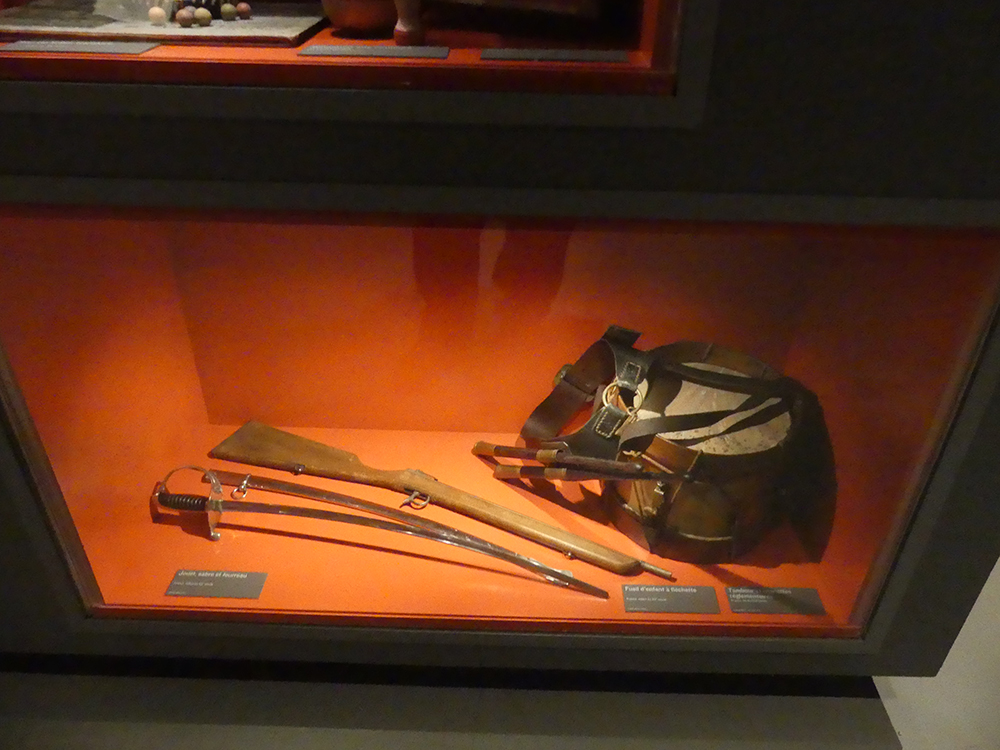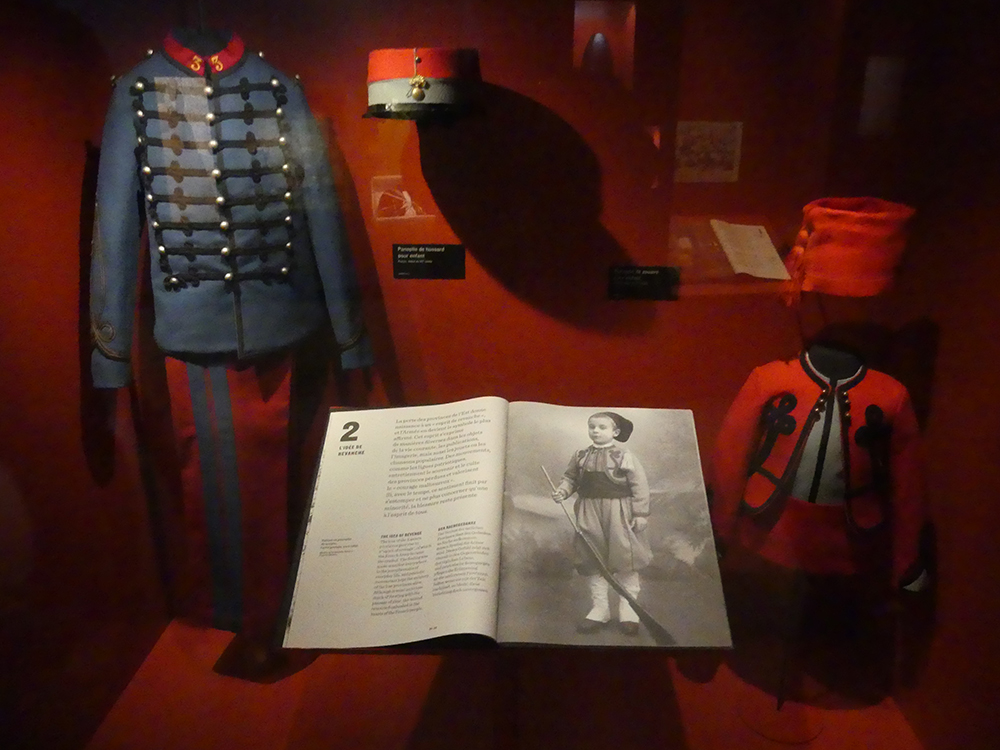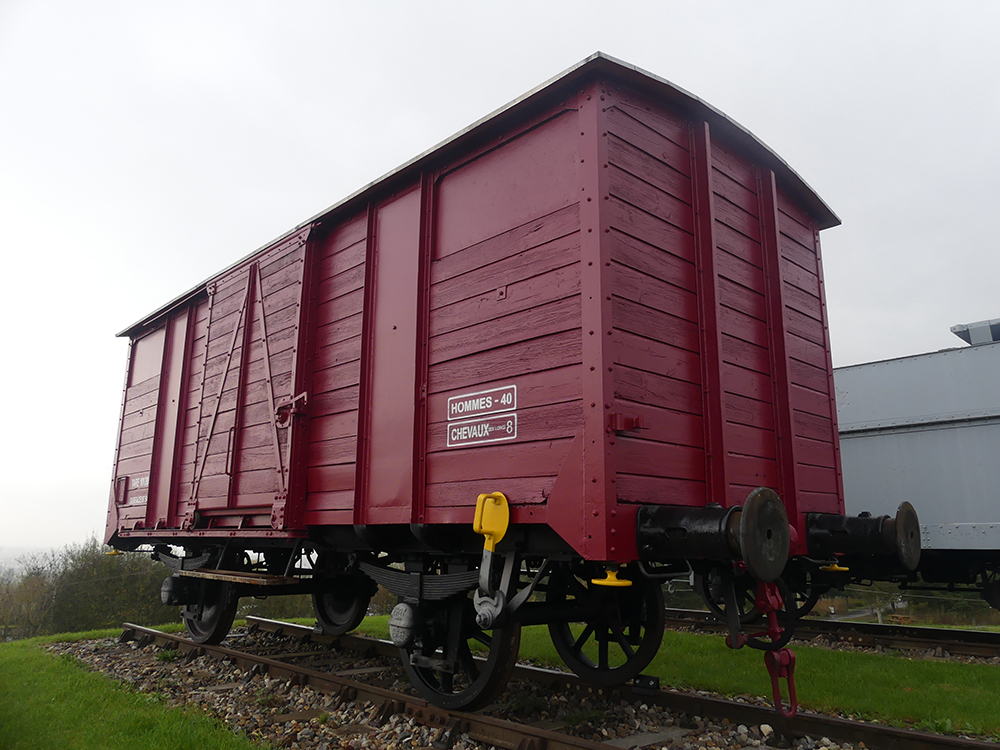Events - The Museum of the Great War : A Profound Journey into World War I History
By Mulder, Meaux, Musée de la Grande Guerr, 11 november 2024

Located in Meaux, just a short drive from Paris, the Musée de la Grande Guerre (Museum of the Great War) stands as a unique tribute to the memory of World War I, dedicated to preserving and educating future generations on the war that shaped the 20th century. Since its opening in 2011, the museum has combined rigorous historical representation with innovative, immersive exhibits, creating a space that deeply resonates with visitors of all ages.
The Museum of the Great War hosts one of the largest WWI collections in Europe, featuring over 70,000 artifacts, including uniforms, weapons, letters, everyday items, and personal belongings from soldiers of various nations. This collection is arranged thematically and chronologically, covering not only the years of the war but also contextualizing it within the broader scope of European history from 1870 to 1945. Through these displays, visitors gain insight into the war’s impact on the world and its legacy as a catalyst for profound social, political, and technological transformations.

The museum’s architecture further enhances the visitor experience. Its modern design provides a striking contrast to the historical artifacts it houses, underscoring the lasting effects of the war on contemporary society. The juxtaposition between past and present serves as a reminder of the ongoing relevance of WWI’s lessons for today’s world.
A centerpiece of the museum’s recent additions is the “pedagogical trench,” inaugurated on November 11, 2024, to commemorate the armistice of 1918. This life-sized, outdoor trench allows visitors to physically enter a detailed reconstruction of the soldiers' environment during WWI. Spanning 800 square meters, the trench takes visitors through various aspects of trench warfare: the observation posts, the aid stations, the sniper positions, and the infamous no man’s land, littered with remnants of war.

With this addition, the museum achieves an unprecedented level of immersion. The trench includes a carefully designed soundscape, featuring the sounds of artillery, machine gun fire, and the occasional lull—bringing the haunting reality of trench warfare to life. Visitors experience the everyday sights and sounds of the front lines, gaining an understanding of the fear, resilience, and determination of soldiers who fought in these conditions. For director Audrey Chaix, this immersive experience is “more than a reconstruction—it’s a way to invite visitors to step into the past and witness the reality of war.”
Beyond its exhibits, the Museum of the Great War is deeply committed to education, particularly for young visitors. Guided tours and workshops tailored to students from elementary through high school provide interactive learning experiences that go beyond traditional classroom teaching. Each year, the museum welcomes tens of thousands of students, with the new trench adding a powerful tool to engage and educate young minds. This dedication to education ensures that the lessons of WWI remain accessible and relevant to new generations.

Jean-François Copé, the mayor of Meaux, emphasizes that WWI provides a “key to understanding our current world.” The museum encourages young people to connect the impact of this century-old conflict to today’s global issues, from modern warfare to ongoing struggles for peace.
At its core, the Museum of the Great War is a place of remembrance. The immersive trench, with its realistic depiction of no man’s land and the abandoned relics of war, serves as a stark reminder of the human cost of conflict. The museum’s exhibits aim to foster empathy and respect for those who endured the hardships of WWI while also inspiring reflection on the importance of peace.

For Prime Minister Michel Barnier, who attended the trench’s inauguration, this museum represents “a collective commitment to memory.” He highlights the importance of sites like this in preserving the past to guide future generations. “The tragedy of 1914-1918,” he stated, “reminds us of the price of peace and our duty to preserve it.”
The Museum of the Great War in Meaux continues to evolve, with plans for rotating exhibitions and collaborations with historians, artists, and filmmakers. These initiatives aim to shed light on lesser-known aspects of WWI, explore the post-war reconstruction, and provide fresh perspectives on the war’s lasting impact. The museum’s commitment to immersive storytelling and historical accuracy sets it apart, creating a space that is not only educational but deeply moving.

Whether you’re a history enthusiast or a casual visitor, the Museum of the Great War offers an enriching and thought-provoking experience that honors the memories of those who served. Through its innovative exhibits and its dedication to education, the museum ensures that the lessons and legacies of World War I remain a vital part of our collective consciousness, reminding us of the enduring value of peace.
You can see our photos on our Flickr page
Photos and video : Boris Colletier / Mulderville

